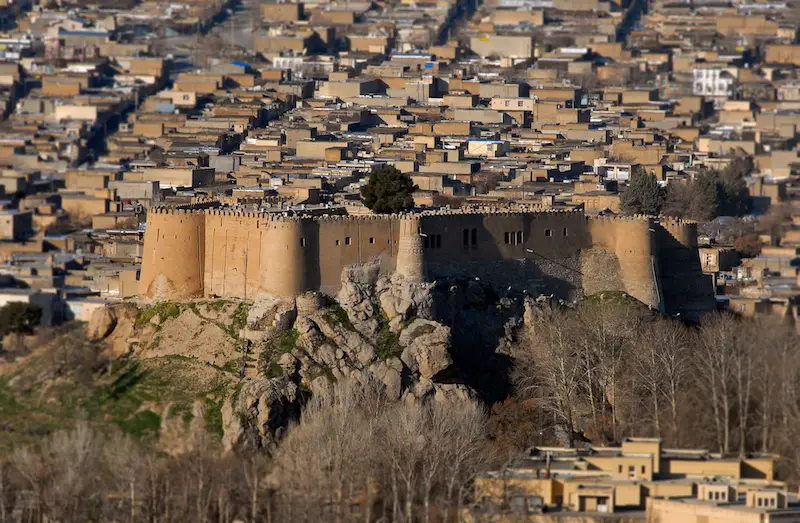
Khorramabad’s Prehistoric Caves: Iran’s Newest UNESCO World Heritage Site
Iran’s cultural heritage has gained global recognition once again, with UNESCO recently adding the Prehistoric Cave Sites of Khorramabad Valley to its World Heritage List. These ancient caves, nestled in Lorestan Province’s rugged Zagros Mountains, offer a fascinating glimpse into early human settlement and cultural evolution.
Why These Caves Matter
1. A Journey Through Human Prehistory
The Khorramabad Valley caves—including Keyvan, Kaldar, and Yafteh—contain evidence of human occupation dating back over 50,000 years, from the Middle Paleolithic to the Neolithic era. Archaeologists have uncovered:
-
Stone tools used by Neanderthals and early Homo sapiens
-
Ancient rock art and symbolic engravings
-
Burial sites revealing early spiritual practices
2. A Missing Link in Human Migration
Located along a key route between Mesopotamia and Central Asia, these caves help trace:
-
How early humans spread out of Africa
-
The transition from hunter-gatherers to settled farming communities
-
The origins of early Persian culture
3. Stunning Natural Setting
Beyond their archaeological value, the caves sit in a dramatic landscape of:
-
Towering limestone cliffs
-
The Khorramabad River cutting through the valley
-
Rare wildlife, including Persian leopards and wild goats
Connecting Iran’s UNESCO Prehistoric Trail
Khorramabad’s caves join Iran’s other UNESCO-listed prehistoric sites:
-
Soltaniyeh Dome (Ilkhanid architecture)
-
Tchogha Zanbil (Elamite ziggurat)
-
Shahr-e Sukhteh (“Burnt City,” a Bronze Age marvel)
Travel Tip: Combine a visit with nearby Falak-ol-Aflak Castle (a Sassanid-era fortress) for a full historical immersion.
This designation puts Khorramabad on the map for history buffs and adventure travelers alike. As Iran’s 28th UNESCO site, it reinforces the country’s status as a cradle of civilization.


Add comment
Comments